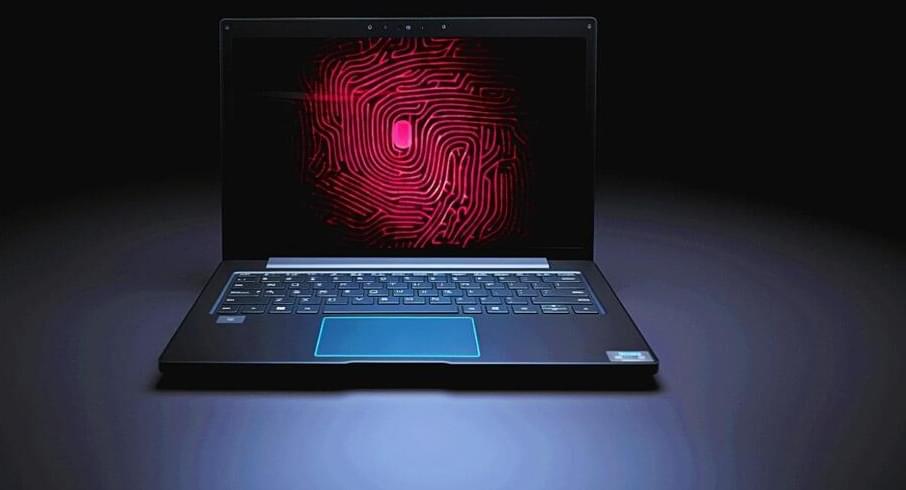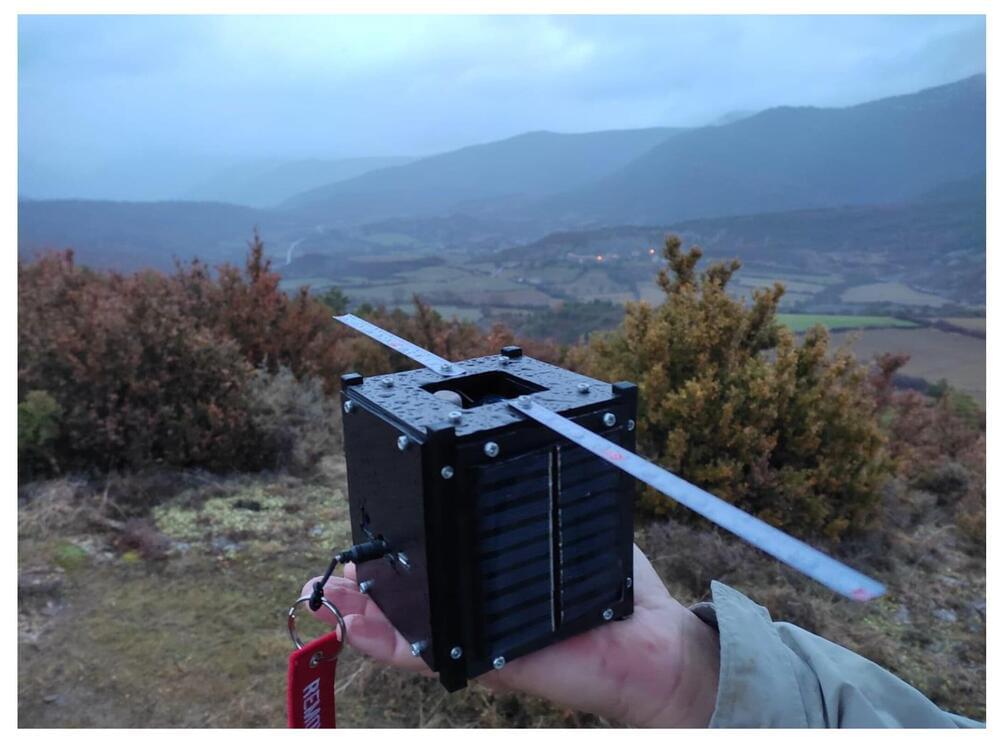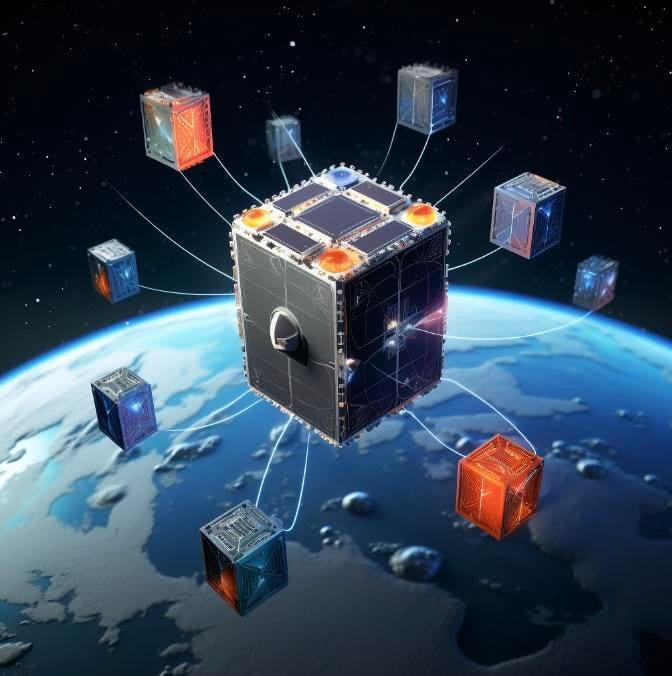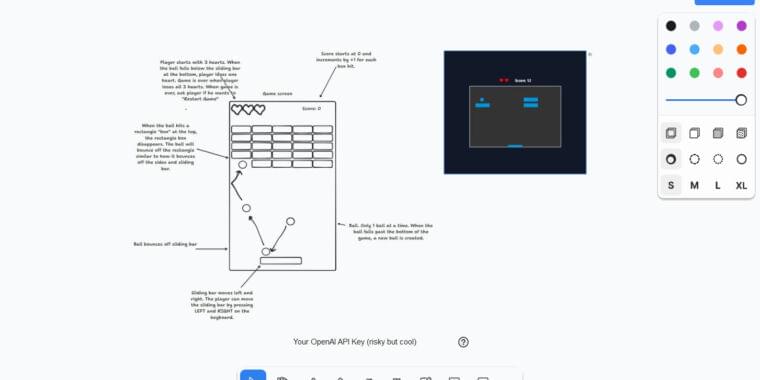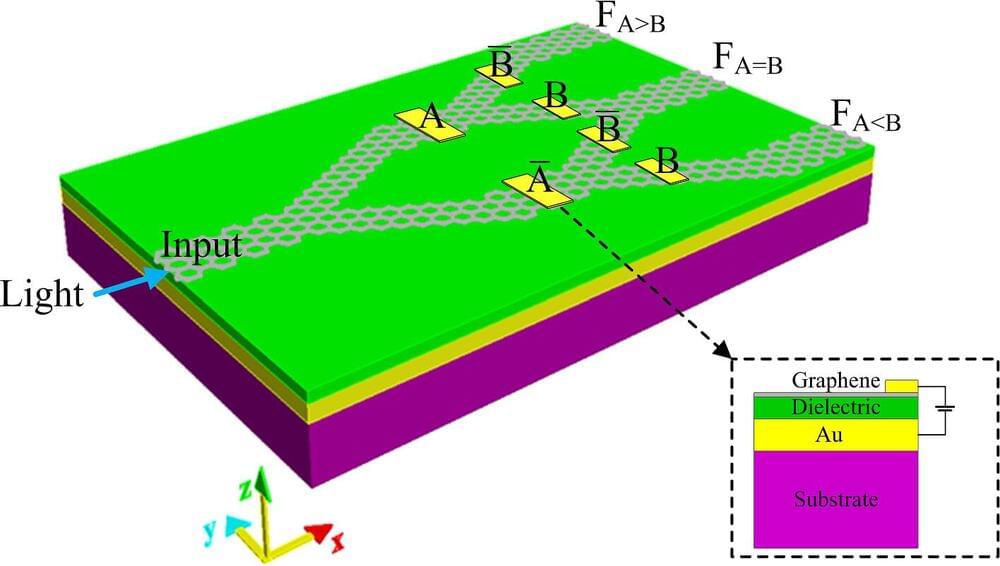Nov 25, 2023
The Future Of AI Is At The Edge: Cloudflare Leads The Way
Posted by Gemechu Taye in categories: robotics/AI, security
Cloudflare, the leading content delivery network and cloud security platform, wants to make AI accessible to developers.
While developers can use JavaScript to write AI inference code and deploy it to Cloudflare’s edge network, it is possible to invoke the models through a simple REST API using any language. This makes it easy to infuse generative AI into web, desktop and mobile applications that run in diverse environments.
In September 2023, Workers AI was initially launched with inference capabilities in seven cities. However, Cloudflare’s ambitious goal was to support Workers AI inference in 100 cities by the end of the year, with near-ubiquitous coverage by the end of 2024.
Continue reading “The Future Of AI Is At The Edge: Cloudflare Leads The Way” »




